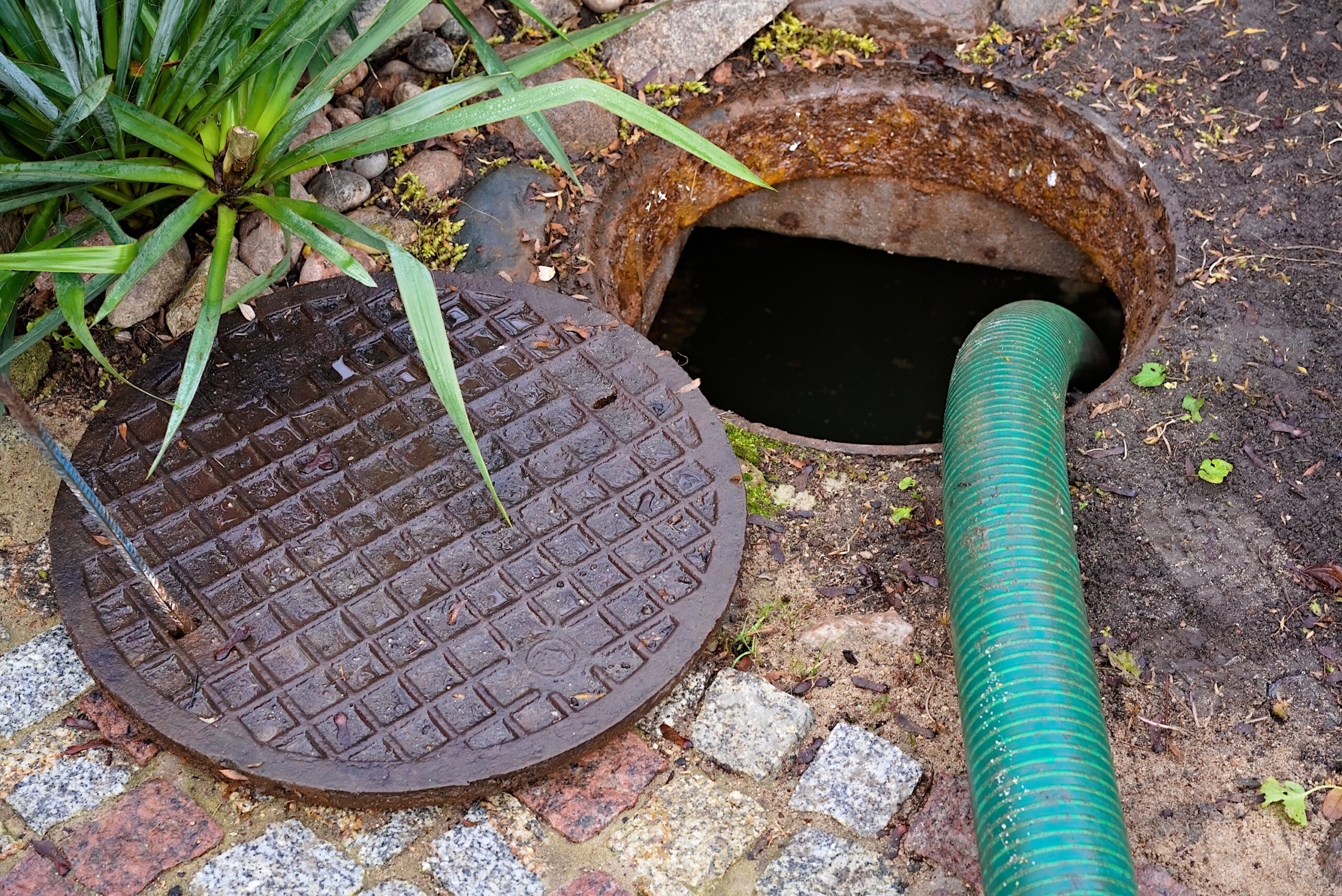Why is most of the septic system industry so reluctant to understand and embrace septic system aeration? It is a proven solution that economically extends the life of existing systems and actually allows them to operate more efficiently and effectively.
Performance thresholds for anaerobic septic systems have been consistent for years. Most state regulations specify that two of the key septic system metrics, BOD5 and TSS, must be at or below 150 and 220 milligrams per liters, respectively, for wastewater leaving the septic tank. Note: these thresholds vary between regulatory agencies, but these numbers are representative for regulations pertaining to septic systems.
After a carefully controlled septic aeration process has been implemented and the septic system has been converted to an aerobic environment, however, the system performs well below these thresholds, regardless of the age of the system! Furthermore, the remediation of the drainfield begins and permeability is eventually restored.
The main reason for the septic industry’s reluctance to embrace septic system aeration is rooted in money. The traditional and most recommended option for septic system failure is system replacement. This is an extraordinary expenditure for a homeowner and a lucrative cash flow for the septic system industry.
Replacing a septic system gets more expensive every year. New, invasive regulations by powerful government agencies heap expense after expense on defenseless homeowners. In addition, energy costs drive the expenses of tearing up lawns, hauling debris and soil and landscaping higher.
Existing septic systems, in most cases, are grandfathered and protected from new regulations. The only way the homeowner is exposed to these regulations is if septic system replacement is undertaken. Homeowners can continue to avoid these expenses as long as they can extend the life of their existing system.
Successfully aerating a septic system is a very economical option compared to system replacement. When this is combined with the improved waste processing metrics, who could argue against septic aeration?
The main reason septic aeration is not recommended by the septic system industry is that it is a threat to an important cash cow: septic system replacement. If septic aeration were widely implemented, system replacement would be reduced dramatically and only performed in the cases where mechanical failures occur, a small fraction of the systems currently replaced.
Because of the threat of a huge expense they can’t afford and because the benefits of septic aeration are not known, many people put off any action on their failed septic system. They live far too long with the stresses that go along with emergency water conservation practices. If only the “experts” they trust so much would offer them the solution they could afford.











